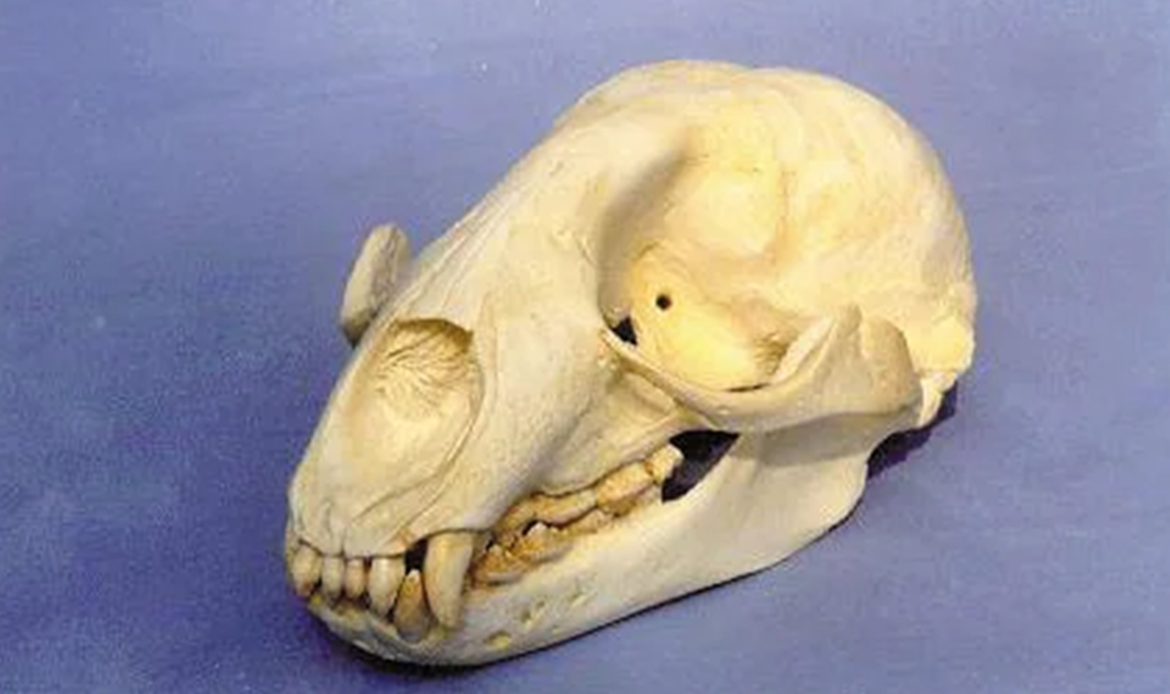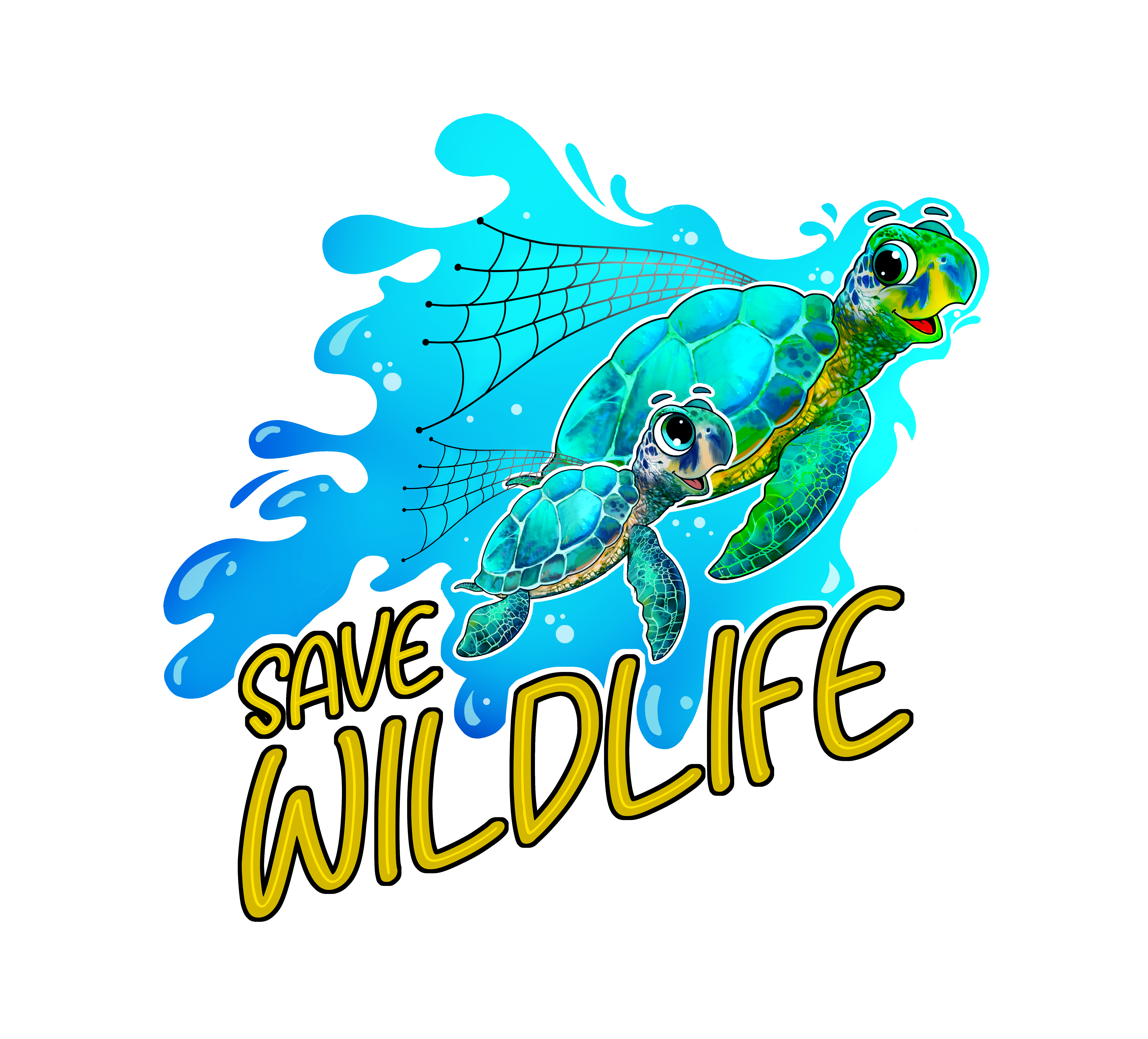
Help Save Wildlife by Learning from the Last Seal of the Caribbean
The tale of the Caribbean Monk Seal (Neomonachus tropicalis) goes beyond a line in the story of extinction; rather, it serves as in each of us a motivation that remind us that we must take action now if we are here to help save wildlife. Once abundant in the Caribbean Sea and Gulf of Mexico, the seal was forever lost in 2008, when it was declared extinct. Its extinction stands as an alert for us; warning of the consequences of the human excesses of overfishing, hunting, and neglect. If we wish to save species today from that fate, we must learn from history.
Table of Contents
Why the Caribbean Monk Seal Matters?
The Caribbean Monk Seal was the only seal to inhabit the Caribbean. It was first described by Columbus in the late 1400s, who called them the “sea wolf”. For hundreds of years, these seals were hunted for blubber, which was processed into oil. They also suffered from food depletion from the overfishing of their species. Their sightings became rare by the 1950s and by the 1980s, researchers knew they would be extinct.
This story matters because it shows how important it is to help save wildlife before they are gone. Many of us wait until a species is nearly gone, and then find out it is too late. The extinct Caribbean Monk Seal shows us the cost associated with procrastination in wildlife conservation.
The Link Between Oceans and Extinction
When people think about extinction, they often think of land animals such as the Dodo or the Woolly Mammoth. But oceans have plenty of cautionary tales as well. The case of the Caribbean Monk Seal can show just how fragile marine ecosystems can be.
- Overfishing decimated the fish populations, which seals relied upon.
- Human expansion pushed this species out of its breeding habitat.
- The absence of animal extinction awareness allowed the demise of the species to occur without someone stepping in.
That is why any action to protect wildlife must include the oceans. The loss of the Caribbean Monk Seal wasn’t just a story about a seal – it is a cautionary tale of the delicacy of life in our oceans.
Lessons for Modern Conservation
The loss of the Caribbean Monk Seal requires us to ask ourselves: what could we have done differently? While we cannot change the outcome, the answer to that question is an important lesson for wildlife conservation today:
- Act early – the longer we wait impossible it becomes to recover a species population after it has declined too far.
- Protect habitats – conservation is not just about saving animals; it is labeled as “Conservation” for the fact that you are conserving their homes.
- Educate stakeholders – whether that is our communities or governments, all stakeholders need to understand the impacts of not acting.
- Connect the past to the present – narratives like the Caribbean Monk seal should inform the approach we take to our endangered animals in 2025.
If we commit to the above, we will give living species a fighting chance. Everybody’s efforts to help save wildlife today are in steps to not impact populations like we did in the past.
How Animal Extinction Awareness Inspires Action?
Many believe that extinction is something that happened long ago. But the extinction of the Caribbean Monk Seal is shockingly recent. That alone is a strong message to communicate for animal extinction awareness.
When we remind people that a seal was swimming in our waters just a few decades ago, they start to think differently about conservation. Extinction is suddenly not about dinosaurs or animals from history books, but it becomes about animals that we could have prevented from becoming extinct with action.
Awareness creates empathy. Empathy inspires action. And action is what is needed to protect wildlife from going extinct.

What the Caribbean Monk Seal Tells Us About Endangered Animals in 2025?
Here we are today. The world has millions of species hanging in the balance. Many endangered animals in 2025 — from polar bears and melting ice to marine turtles and plastics—are fighting problems that are strikingly similar to the Caribbean Monk Seal.
What do we have that they didn’t? We know better. We’ve witnessed the consequences of turning a blind eye to alarms. The burden is heavier, but we have hope. With global consciousness and science at their disposal, the surviving taxa today have a strong head start over the extinct Caribbean Monk Seal. Let us ensure they are used to help save wildlife before we have to contemplate further names on the extinction list.
Ways You Can Help Save Wildlife Today
Learning about the Caribbean Monk Seal is not about mourning what was lost, but rather, doing something about what is left. Below are simple and easy things anybody can do to help with wildlife conservation efforts:
- Support Conservation Organizations – Whether through a donation or volunteering, there are a myriad of organizations focused on conserving marine or terrestrial ecosystems.
- Spread the Word About Animal Extinction awareness – Share stories about extinct animals like the Caribbean Monk Seal or about endangered species to help create awareness for others.
- Reduce Your Usage of Plastic – Pollution has a huge impact on marine animals and eliminating plastic use is one of the easiest ways to aid in wildlife conservation efforts to protect wildlife.
- Use Responsible Seafood Choices – It was overfishing that caused the seal to become extinct. Support sustainable fisheries to put an end to a similar outcome.
- Be Aware of Endangered Animals in 2025 – Knowing what is endangered now means taking action in the future.
All of these choices, combined and made by individuals, lead to the bigger picture to help save wildlife.
Last Words of Encouragement
Although the Caribbean Monk Seal is gone, it’s memory can still have an impact. If it took the loss of the seal to inspire us to act fast and smart, then we can take comfort in the fact that the story was not in vain. We will never bring back the last seal of the Caribbean, but we can be sure that the animals alive today will not going to be extinct.
Every voice against animal extinction awareness, every choice for establishment to protect wildlife, every farm, non-profit and human being that wants to make a difference for wildlife conservation counts. In 2025, when so many species are on the brink, let’s use this moment to show we have learned from our past.
The Caribbean Monk Seal is silent among the Caribbean waters. Let it also be a reminder of our need to help save wildlife before it is too late.
FAQ
Q1: What caused the Caribbean Monk Seal Extinction?
The main causes of extinction were due to excessive hunting amounts of blubber, which inhibited the growth of the population. overfishing and reduced their food supply. Human disturbance also played a role in damaging breeding grounds.
Q2: How is the Caribbean Monk Seal different from other monk seals?
The Caribbean Monk Seal was the only monk seal native to the Caribbean and Gulf of Mexico; its relatives, the Hawaiian monk seal and the Mediterranean monk seal, are all critically endangered but still survive.
Q3: What can we learn from the extinction of the Caribbean Monk Seal?
It exemplifies the importance of early intervention, protecting their habitat, and increasing animal extinction awareness, which actually means before population numbers bottom out.
Q4: How does this situation relate to other endangered animals in 2025?
A large population of species today, like the Caribbean Monk Seal, all face threats from climate change, overfishing, and human impacts. It’s possible that we can guide better policy for the public through what we learned from the Caribbean Monk Seal.
Q5: What can we do right now as individuals to assist to help save wildlife?
Some things we can do as individuals are like join wildlife conservation groups, reduce plastic use and minimize waste, share our knowledge about wildlife with others and try to make sustainable choices in our lifestyle to help protect wildlife and biodiversity.
